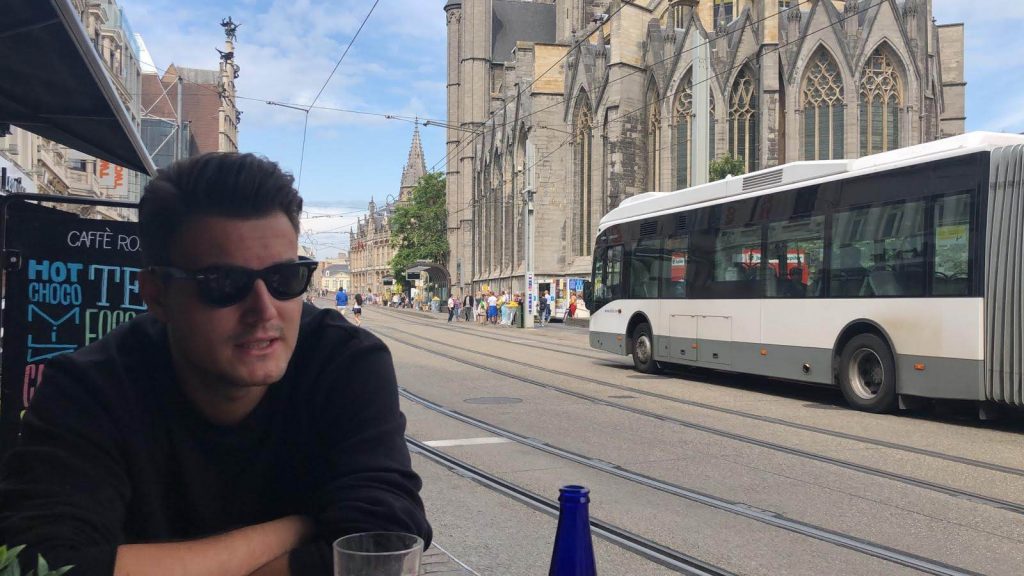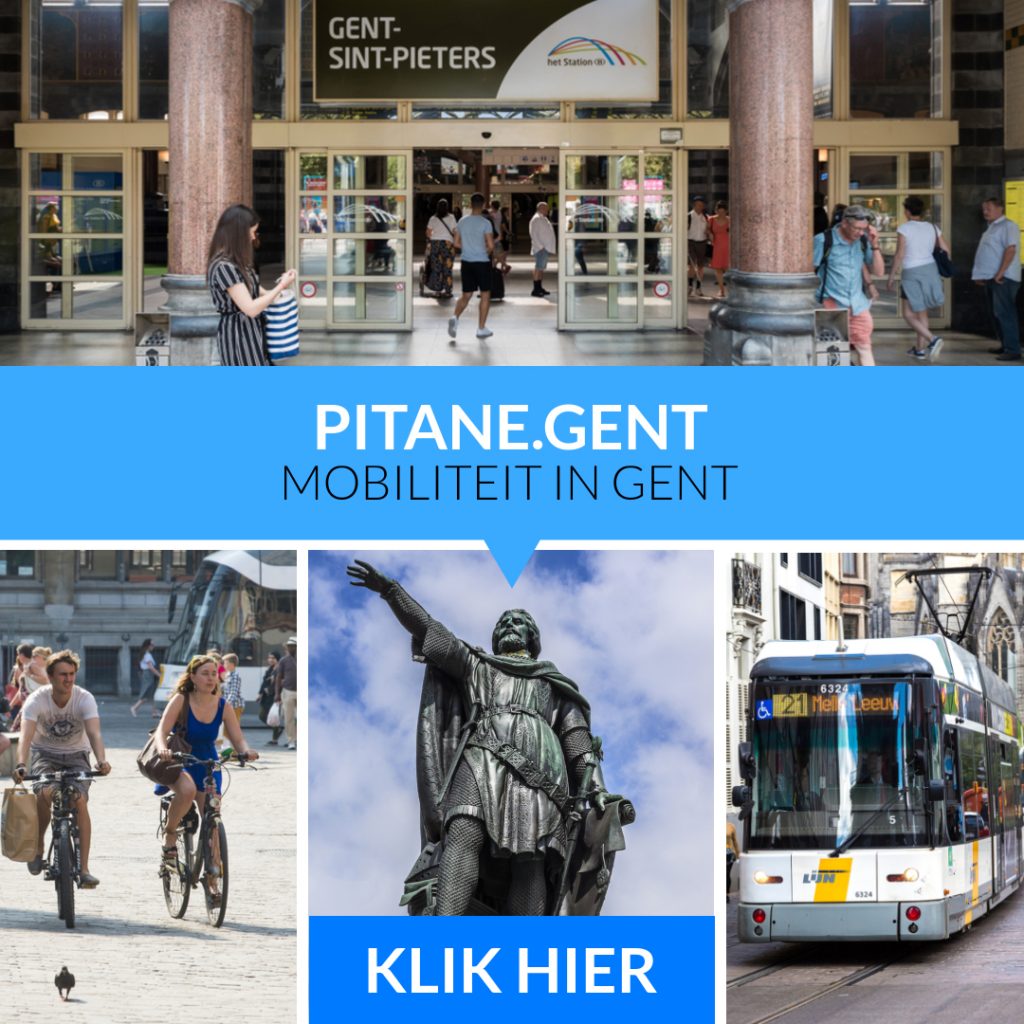The first pile of the new tourist signposts for pedestrians has been placed in the center of Ghent. This network of poles, signs and arrows guides residents, visitors and students through the city. The new system allows you to easily add new items or remove existing arrows.
35 information boards, 97 posts, 1.200 signposts
An evaluation of the previous signage, which was more than 10 years old, made clear that a renewal was necessary. The design was assigned to 'stefan.schöning.studio'. This office was also the designer of the pavilion in the ticket hall of the Flemish Parliament, and a number of other public objects in the city of Ghent, of which a first result can already be seen on the Kalandeberg. Fair materials with a long lifespan were chosen for production.
The more than 1.200 signposts are located everywhere in the city center of Ghent. In addition to signposts, 35 poles also carry an information board with an orientation map and more explanations in different languages about where someone is.
'These signposts not only show the way, they also show how tourism can strengthen the individuality of Ghent. After all, the signposts are locally produced, from sustainable and fair materials. And the maintenance will be done by our Social Economy Service Company. Isn't that nice? ” Bram Van Braeckevelt, Alderman for Tourism.
The new pedestrian signage replaces the existing one and also expands. Special attention is given to water in the city. For example, the six stops of the Hop-on Hop-off water tram are being given signage for the first time. In addition, the innovation was used to adjust the names of the various locations (Industrial Museum, Kunsthal Ghent) and to integrate newly developed sites such as De Krook in the signage.
'We want to focus even more on pedestrians and their comfort in Ghent. Signage is crucial in a good pedestrian plan, not just for visitors, but for anyone who traverses the city on foot. ” Filip Watteeuw, ships for Mobility and Public Space.
Modular design
The system of the posts and arrows is designed in such a way that new items can easily be added or existing arrows can be removed. This also contributes to the sustainability of the urban investment.
For the maintenance of the signage, a partnership has been entered into with the Social Economy Services Company, which will be responsible for keeping the signage clean (cleaning, removing stickers, graffiti, etc.).
With the support of Europe
The new signage is the first project that is part of the Integral Plan Public Domain (IPODIII for short) of the City of Ghent. This plan focuses on a well-organized public domain and high-quality urban furniture that matches the DNA of the city. The sustainable design is part of the ambition of the City of Ghent to create a harmonization of city furniture and a pleasant city experience for everyone.
The City was able to realize this project with the support of the European Regional Development Fund through the Interreg project Golden Leie-Lys. The cost price is 418.000 euros, of which 145.000 euros are European funds.
Ghent, the capital of East Flanders, offers the rare combination of the intimacy of a compact city and the openness of a metropolis. With more than 261.000 inhabitants and 78.400 students, Ghent is the second largest city in Flanders and the largest student city. Versatile, historical and contemporary at the same time. The city Ghent As a local government, it encourages as much initiative as possible from its citizens to work towards an open, supportive, sustainable, wise and child-friendly city.
Also read: City of Ghent organizes mobility market per district



